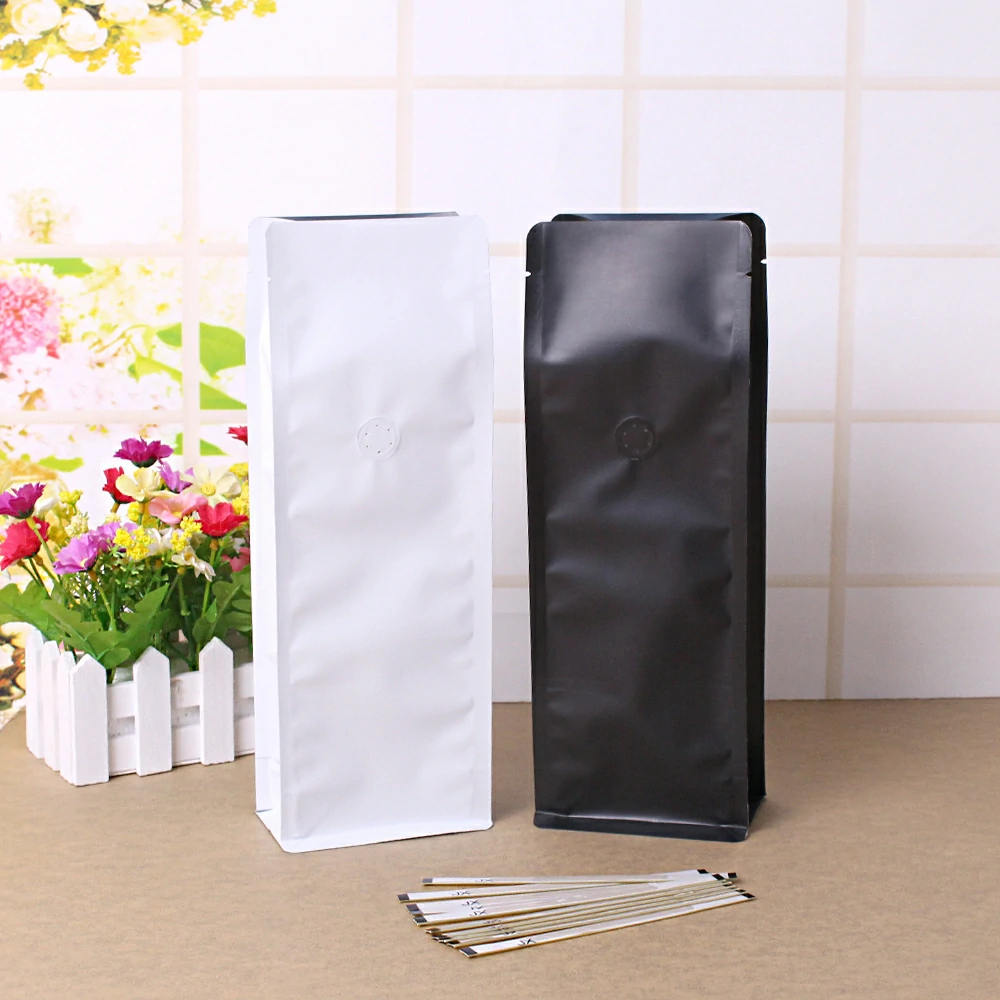Ensuring that printed coffee bags comply with food safety regulations involves a comprehensive approach that covers material selection, printing processes, and adherence to relevant standards.
Here are key measures taken to ensure the compliance of printed coffee bags with food safety regulations:
- Selection of Food-Grade Materials:
- Choose materials that are specifically designed and certified as food-grade. The primary material for coffee bags should be safe for direct contact with food and should comply with regulations governing packaging materials intended for food use.
- Compliance with Regulatory Standards:
- Stay informed about and comply with food safety regulations applicable to packaging materials. Regulations may vary by region, so it’s essential to be familiar with local, national, and international standards governing food packaging.
- Certifications and Compliance Declarations:
- Work with material suppliers who provide certifications or compliance declarations for their products. Look for certifications such as FDA (U.S. Food and Drug Administration), EU food contact regulations, or other relevant certifications based on the intended market.
- Ink and Printing Material Safety:
- Use inks and printing materials that are specifically formulated for food packaging applications. Ensure that these materials comply with regulations, and consider using low-migration or migration-safe inks that minimize the risk of substances transferring from the packaging to the coffee.
- Adherence to Good Manufacturing Practices (GMP):
- Implement Good Manufacturing Practices (GMP) throughout the manufacturing process. GMP guidelines ensure that the production facilities, equipment, and processes are designed and maintained to minimize contamination risks and ensure the safety of food packaging.
- Barrier Coatings and Laminates:
- If using barrier coatings or laminates for added protection, ensure that these materials are also food-grade and compliant with relevant regulations. These additional layers should not introduce harmful substances into the coffee.
- Migration Testing:
- Conduct migration testing to assess the potential transfer of substances from the packaging material to the coffee. This testing helps verify that the printed coffee bags meet safety standards and do not introduce harmful components into the product.
- Quality Control Checks:
- Implement rigorous quality control checks at various stages of production. Inspect the materials, inks, and finished printed coffee bags to ensure they meet safety and quality standards. This includes visual inspections, measurements, and testing procedures.
- Supplier Audits and Qualification:
- Audit and qualify suppliers of printing materials, inks, printed coffee bags and packaging films. Ensure that suppliers adhere to food safety standards, provide necessary documentation, and follow best practices in their manufacturing processes.
- Storage and Handling:
- Store printing materials and finished printed coffee bags in conditions that prevent contamination. Proper storage and handling practices contribute to maintaining the integrity of the materials and preventing any unintended exposure to contaminants.
- Documentation and Traceability:
- Maintain detailed documentation of materials used, production processes, and quality control measures. Establish traceability systems to track the origin and history of each batch of printed coffee bags, facilitating recall procedures if necessary.
- Communication with Regulatory Authorities:
- Establish open communication with regulatory authorities to seek guidance and ensure compliance with evolving regulations. Stay informed about any updates or changes in food safety standards that may impact the printing and packaging of coffee bags.
- Employee Training:
- Train employees involved in the printing and packaging processes on food safety practices. Awareness of hygiene, cleanliness, and proper handling of materials contributes to preventing contamination risks.
- Regular Audits and Inspections:
- Conduct regular internal audits and inspections to evaluate and improve food safety practices. External audits by regulatory bodies or third-party organizations can provide additional validation of compliance.
By implementing these measures, coffee bag manufacturers can demonstrate a commitment to food safety and regulatory compliance. It is essential to continuously monitor and update procedures to align with evolving standards and best practices in the food packaging industry.
